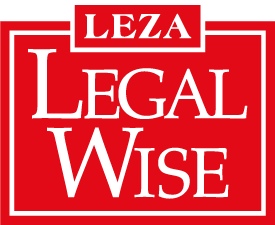The Process Of Civil Attachment In Execution
What is a writ of execution?
- When a judgement is pronounced against a defendant/judgment debtor, the plaintiff/judgement creditor can apply for a writ of execution.
- A writ of execution is a document which empowers a Deputy Sheriff to go to the defendant/ judgement debtor to request payment of the debt, which the court has ordered.
- If no payment is made, the Deputy Sheriff can attach the movable goods of the judgment debtor.
- If the movable goods found by the Deputy Sheriff cannot satisfy the judgment debt, the Sheriff issues a nulla bona This is a document stating that the defendant/ judgment debtor does not possess sufficient property which if sold, can realise/ cover the whole judgment debt.
- Once the nulla bona is issued, the next step for the Plaintiff/ judgment creator is to apply for a writ of execution against the immovable property (residential land, commercial buildings, farms etc) of the defendant/ judgment debtor.
- If the Deputy Sheriff finds movable or immovable property, s/he then has to advertise these for sale in the newspapers, according to the Magistrate Court or High Court rules, whichever one applies, based on the value of the claim.
- At the sale, the Sheriff will follow the procedures pertaining to the sale according to the applicable rules of Court.
- For movable goods, the goods are sold to the highest bidder without a reserve price.
- At the end of the sale, the Deputy Sheriff must produce what is known as a vendue roll, which is a report of what happened at the sale, how much was made, how he intends to disburse the funds.
- If the sale proceeds are insufficient to pay the judgement debt and costs (including sheriff costs, transport and advertising) then the Deputy Sheriff can attach more goods for sale.
- If the money raised is insufficient to cover the judgment debt and costs incurred thus far, and there is no more property to attach, the Deputy Sheriff will then issue a Nulla Bona which states that there is no more property to attach to satisfy the debt. S/he may then recommend civil imprisonment.
- Alternatively, if the Deputy Sheriff believes that there may still be property that the judgement debtor is hiding, he may state it in the nulla bona, and a judge at the High Court may order the judgment debtor to give oral evidence regarding his/her means. If this process fails, then the next remedy available to the plaintiff/ judgment creditor is civil imprisonment of the defendant/ judgment debtor.
GLOSSARY
Adopted Child: means a child adopted under this Act;
Adoptive Parent: means a person who adopts or has adopted a child under this Act;
Child: means a person under the age of 18 years;
How can LegalWise assist you?
Should you require an explanation of your rights on this topic, please contact your nearest LegalWise Branch, call, e-mail or WhatsApp us. For more information about our membership options visit our legal services page or visit our join now page.
